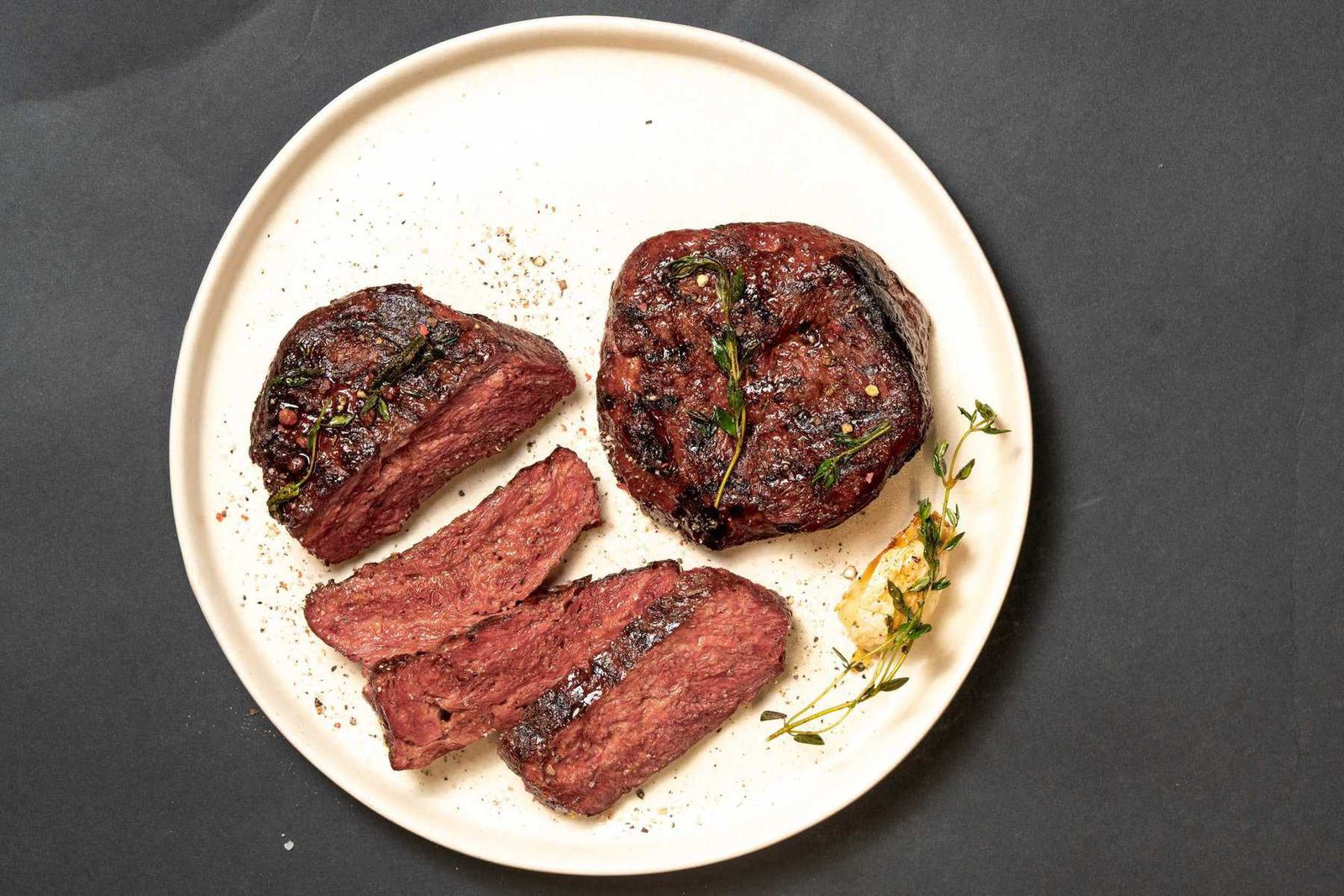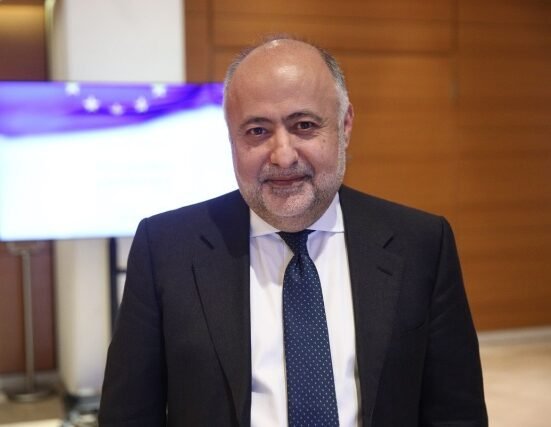A new analysis by GFI Europe has found that patent publications by European alternative protein innovators have seen a huge 960% surge over the past decade.
Over 5,000 alternative protein patents have now been published by European organisations, with the publication rate growing by an average of 32% per year. 1,191 patents were published in 2024, compared to just 124 in 2015.
Despite this, GFI says many technologies remain overlooked and more open-access research is needed.

Plant-based foods dominate
Plant-based foods dominate the research, accounting for almost 4,000 patents (74% of the total number). However, GFI says some areas are still neglected, such as breeding better protein crops to provide the raw ingredients for plant-based products.
A much smaller number of patents has been published relating to cultivated meat and precision fermentation, highlighting the need for increased research in these sectors. In particular, GFI emphasises the importance of developing better cell culture media and finding more efficient microbial strains for fermentation-derived foods.
However, it isn’t all bad news for these industries; another recent GFI study, conducted in collaboration with Accenture, found positive consumer attitudes to precision fermentation products in five countries (France, Germany, Spain, the UK, and the US). Furthermore, two GFI reports published last year found that cultivated meat and fermentation companies had continued to grow and see success despite a drop in investments.

Variations between countries
There are considerable differences in patent filings between countries, with innovators from Switzerland, the Netherlands, Germany, France, and the UK named on 72% of all patent families (groups of documents related to the same invention). Switzerland is the clear leader, publishing 1,232 patents from 265 patent families since 2015.
However, Germany has the largest number of individual assignees (the
organisation or individual who owns the patent’s rights) at 82. Denmark, Finland, and Sweden perform well in terms of patents per million inhabitants, but some larger countries lag behind.

Meat alternatives in the lead
Meat alternatives are by far the most common subject of the patents, followed by dairy alternatives. Alt seafood makes up just 1% of patent families, indicating a need for increased research in this area.
“This report reveals the rapid pace of Europe’s alternative protein innovation,” said Dr David Hunt, research support manager at GFI Europe. “However, alongside the exciting breakthroughs, we find that key areas needed to commercialise these foods are being overlooked, and there is a risk that some countries may be left behind.
“In order to drive green growth and boost food security, governments and funding bodies must build a thriving ecosystem by providing more opportunities for public research organisations to collaborate closely with private companies. This would deliver open access innovation that will benefit the entire field and help bring findings to market more quickly.”







